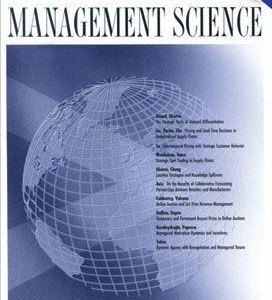
Holzmeister, F., Huber, J., Kirchler, M., Lindner, F., Weitzel, U. and Zeisberger, S. (2020). What drives risk perception? A global survey with financial professionals and laypeople Management Science, 66(9):3977--4002.
-
Affiliated author
-
Publication year2020
-
JournalManagement Science
Risk is an integral part of many economic decisions and is vitally important in finance. Despite extensive research on decision making under risk, little is known about how risks are actually perceived by financial professionals, the key players in global financial markets. In a large-scale survey experiment with 2,213 finance professionals and 4,559 laypeople in nine countries representing ∼50% of the world's population and more than 60% of the world's gross domestic product, we expose participants to return distributions with equal expected return, and we systematically vary the distributions' next three higher moments. Of these, skewness is the only moment that systematically affects financial professionals' perception of financial risk. Strikingly, variance does not influence risk perception, even though return volatility is the most common risk measure in finance in both academia and the industry. When testing other, compound risk measures, the probability to experience losses is the strongest predictor of what is perceived as being risky. Analyzing professionals' propensity to invest, skewness and loss probability also have strong predictive power, while volatility and kurtosis have some additional effect. Our results are very similar for laypeople, and they are robust across and within countries with different cultural backgrounds, as well as for different job fields of professionals.